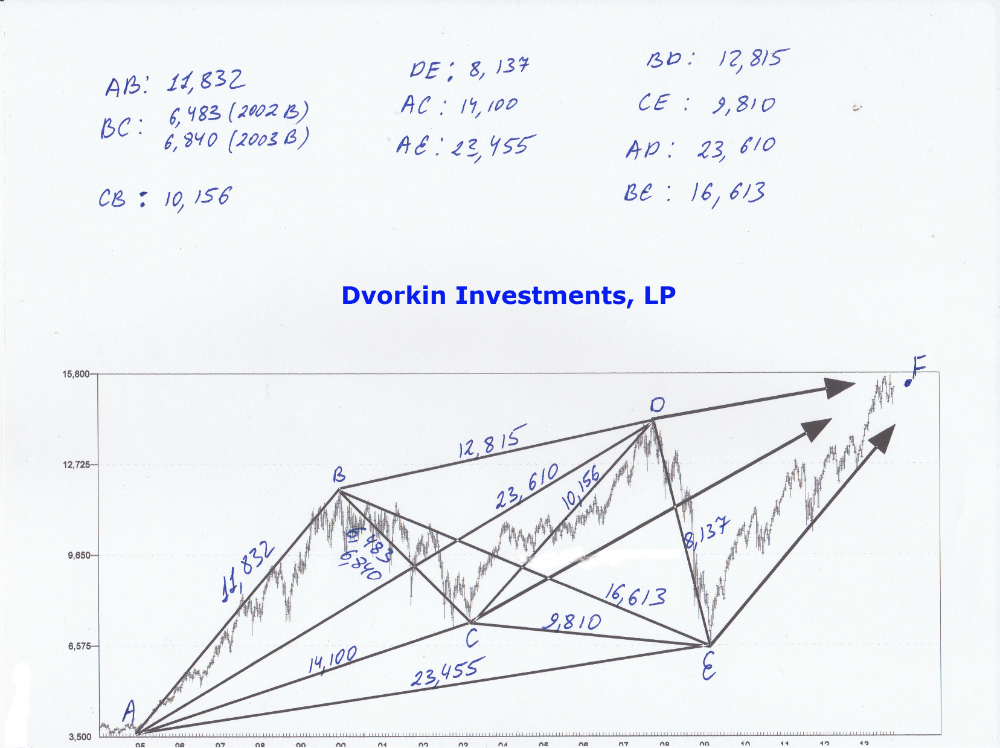Bloomberg Writes: Google’s Boss and a Princeton Professor Agree: College Is a Dinosaur
Colleges and universities are indecisive, slow-moving, and vulnerable to losing their best teachers to the Internet.
That’s the shared view of Google (GOOG) Executive Chairman Eric Schmidt and Anne-Marie Slaughter, a former Department of State official and until this month a tenured professor at Princeton University. They explored the problems of higher education on Friday in a one-on-one conversation sponsored by the New America Foundation, where Schmidt serves as chairman and Slaughter is the new president.
Colleges have the luxury of thorough, democratic deliberation of issues because “they never actually do anything,” Schmidt said during the event. He cited Princeton, where he graduated in 1976 and once served as trustee, which spent six years deliberating over whether to change its academic calendar—and in the end did nothing. “Don’t get me started on that,” Slaughter laughed.
Slaughter agreed that traditional colleges and universities, with their high fixed costs, are at risk. “They’re going to lose their top talent,” she said. “We can become global teachers. The best people can become free agents.”
Read The Rest Of The Article Here
It is unbelievable how much College Education costs today. The cost of education has gone up by 7-8% per year over the last decade. Some colleges increased their tuition 50-100% during the same time. Basically the costs of educations has skyrocketed.
Is there a reason for that? Not particularly. Schools are just getting way too greedy. On top of it all there is $1.2 Trillion of student debt out there. That is a truly staggering amount . The worst part about this whole “college scam” is the fact that we are ending up with a generation of college graduates who are so deep in debt that it will literally take them decades to get back on their feet. That in return puts a significant drag on the US Economy as major purchases such as cars and homes would have to be postponed.
I will have a complete breakdown of this enormous problem in my future posts, but for now I do hope new technologies discussed in the article above blow this “College Monopoly” sky high. It is a must for our future economic growth. We must find a way to provide affordable education to the masses. That would be a win-win for everyone.
Did you enjoy this article? If so, please share our blog with your friends as we try to get traction. Gratitude!!!











